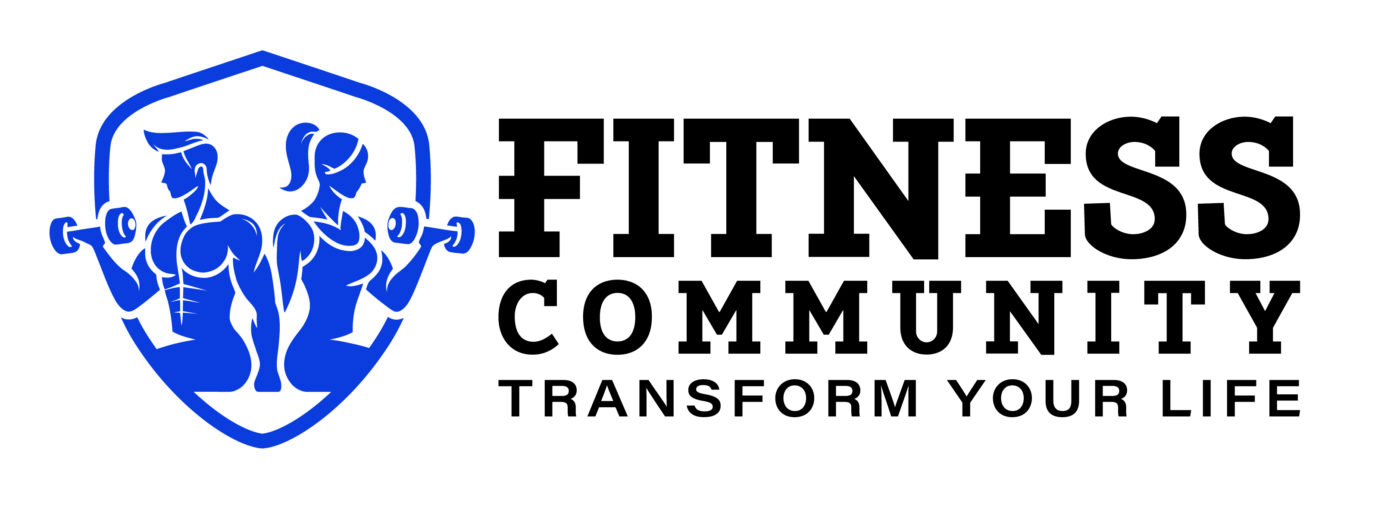EXERCISE AND WORKOUTS
Maximizing Gains: How to Optimize Post-Workout Recovery for Muscle Growth
You’ve just crushed your workout—muscles pumped, sweat dripping, and the satisfaction of pushing through those last few reps still fresh in your mind. You’re committed to building muscle and getting stronger. But what happens in the critical window after you rack those weights could be secretly undermining all your hard work.
Many dedicated lifters put in serious effort but struggle to see the muscle growth they expect. They follow structured programs, train consistently, and still feel stuck. If this sounds familiar, the culprit might not be what you’re doing during your workout, but what you’re doing—or failing to do—immediately afterward.
The Post-Workout Recovery Window: Why It Matters
When you train—especially with resistance exercises—you create microscopic tears in your muscle fibers. This muscle damage isn’t a bad thing; in fact, it’s the first step in building stronger, larger muscles. However, your body requires the right resources at the right time to repair and grow those muscles effectively.
The 30-60 minute period following your workout is a prime opportunity for muscle recovery and growth. During this time, your muscles are especially receptive to nutrients that can kickstart the repair process. Missing this window won’t completely stop your progress, but it can significantly reduce the effectiveness of your training efforts.
The #1 Mistake: Delaying Protein Intake
One of the most common post-workout mistakes is waiting too long to consume protein. Your muscles need amino acids—the building blocks of protein—to repair and grow. Without them, the recovery process is compromised, similar to a construction crew trying to rebuild a site without materials.
Some gym-goers believe they can make up for missed protein intake by consuming more later in the day. While total daily protein intake is important, research suggests that consuming protein shortly after a workout enhances muscle protein synthesis more effectively than delaying intake.
What to do: Aim to consume 20-40 grams of high-quality protein within 30-45 minutes of completing your workout. Pair it with fast-digesting carbohydrates to trigger an insulin response, helping shuttle amino acids into muscle cells. A simple protein shake with a banana can be an ideal choice.
Hydration: The Overlooked Key to Recovery
While protein timing gets most of the attention, hydration is equally crucial for muscle growth. During intense exercise, you lose significant fluids through sweat, which can impair protein synthesis and slow recovery. Even mild dehydration reduces blood flow to muscles, limiting the delivery of essential nutrients.
Common mistakes:
Drinking alcohol post-workout, which can decrease protein synthesis by up to 20% and increase muscle breakdown.
Overloading on caffeinated beverages, which can elevate cortisol levels and interfere with recovery.
What to do: Begin rehydrating immediately after your workout. A good rule of thumb is to drink 16-24 ounces of fluid per pound of body weight lost during exercise. Water is excellent, but if you’ve had an intense session, consider electrolyte-rich drinks or coconut water to restore balance.
The Inflammation Paradox: Don’t Suppress Recovery
Acute inflammation following a workout is necessary for muscle growth. However, many people unknowingly blunt this response by taking high doses of anti-inflammatory medications (NSAIDs) like ibuprofen immediately post-workout.
Why it matters: The inflammatory response triggers important signaling pathways that contribute to muscle adaptation and growth. Aggressively suppressing this response can reduce your muscle gains over time.
What to do: Save NSAIDs for times when you’re experiencing significant pain or unusual soreness. Instead, support recovery naturally with foods that have anti-inflammatory properties, such as tart cherries, fatty fish, turmeric (with black pepper for absorption), and leafy greens.
Stretching and Cooling Down: Are You Doing It Right?
Static stretching immediately after weight training is another misunderstood recovery habit. While stretching is important, prolonged static stretching of a muscle group that was just heavily trained can cause additional micro-tears, potentially extending recovery time without providing extra benefits.
What to do: Opt for light, active recovery movements post-workout, such as walking, cycling, or dynamic stretching. Save intensive stretching for separate flexibility sessions or at least a few hours after your workout.
Sleep: The Ultimate Recovery Tool
Perhaps the most overlooked post-workout mistake is failing to prioritize sleep. Many gym-goers train hard but then short-change their sleep, especially after evening workouts.
Why it matters:
Growth hormone, crucial for tissue repair and muscle development, is released primarily during deep sleep.
Sleep deprivation can reduce muscle protein synthesis by up to 18%.
Lack of sleep elevates cortisol levels, which can lead to increased muscle breakdown and slower recovery.
What to do: Structure your training schedule to allow for 7-9 hours of quality sleep after workouts. If you must train late at night, implement sleep-promoting strategies such as avoiding screens before bed, maintaining a cool and dark bedroom, and sticking to a consistent sleep schedule.
Additional Recovery Strategies: Tools and Techniques
Many recovery tools are marketed as must-haves for optimal muscle recovery. But do they actually work?
Ice Baths and Cryotherapy:
Can reduce muscle soreness and inflammation after intense training.
May be beneficial for athletes training multiple times a day but could blunt adaptation if used too frequently.
Saunas:
Can improve circulation, promote relaxation, and aid long-term recovery.
Massage Guns, Foam Rollers, and Compression Gear:
Can enhance circulation and reduce soreness but should complement, not replace, fundamental recovery strategies like proper nutrition and sleep.
Building a Consistent and Effective Post-Workout Routine
Creating an effective post-workout routine doesn’t have to be complicated. Stick to these key principles:
Protein Timing: Consume 20-40 grams of protein within 30-45 minutes post-workout, paired with carbohydrates.
Hydration: Replace lost fluids and consider electrolyte-rich options for intense training sessions.
Inflammation Management: Avoid overusing anti-inflammatory drugs; instead, rely on nutrient-dense, anti-inflammatory foods.
Active Recovery: Prioritize light movement instead of prolonged static stretching immediately after lifting.
Sleep Prioritization: Aim for 7-9 hours of quality sleep to maximize muscle repair and growth.
Conclusion: Recovery is the Key to Gains
Your body builds muscle during recovery, not during the workout itself. The effort you put into proper recovery should match the effort you put into training. By avoiding common post-workout mistakes and implementing these expert-backed strategies, you’ll transform frustrating plateaus into consistent progress.
Your gains don’t just happen in the gym—they happen in the crucial hours afterward. Give your recovery the attention it deserves, and watch your results skyrocket!

